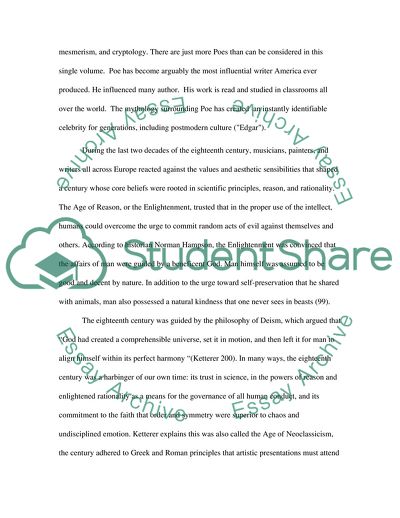Cite this document
(Poe's Critical Theories Case Study Example | Topics and Well Written Essays - 2328 words, n.d.)
Poe's Critical Theories Case Study Example | Topics and Well Written Essays - 2328 words. Retrieved from https://studentshare.org/literature/1710733-american-lit-edgar-allen-poe-the-fall-of-the-house-of-usher
Poe's Critical Theories Case Study Example | Topics and Well Written Essays - 2328 words. Retrieved from https://studentshare.org/literature/1710733-american-lit-edgar-allen-poe-the-fall-of-the-house-of-usher
(Poe'S Critical Theories Case Study Example | Topics and Well Written Essays - 2328 Words)
Poe'S Critical Theories Case Study Example | Topics and Well Written Essays - 2328 Words. https://studentshare.org/literature/1710733-american-lit-edgar-allen-poe-the-fall-of-the-house-of-usher.
Poe'S Critical Theories Case Study Example | Topics and Well Written Essays - 2328 Words. https://studentshare.org/literature/1710733-american-lit-edgar-allen-poe-the-fall-of-the-house-of-usher.
“Poe'S Critical Theories Case Study Example | Topics and Well Written Essays - 2328 Words”. https://studentshare.org/literature/1710733-american-lit-edgar-allen-poe-the-fall-of-the-house-of-usher.


